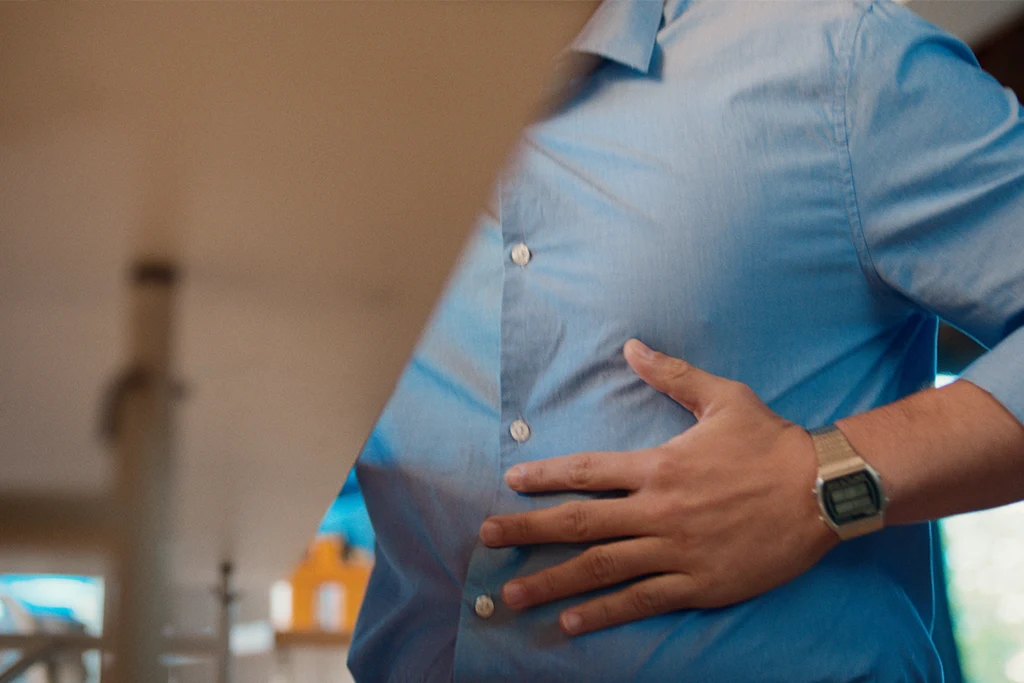Period cramps (menstrual cramps or dysmenorrhea) are abdominal cramps that occur during a woman’s menstruation. Dysmenorrhea may happen before, during or after menstruation. Menstrual pain is a common experience for many, but the intensity of stronger abdominal cramps can vary greatly from person to person.
Menstruation occurs when the lining of the uterus that’s been building up in preparation for pregnancy needs to be shed and cleared out of the body when fertilization does not occur. To shed this lining and push it out together with blood, the uterine (or womb) muscles contract. These contractions may lead to period cramps and, in some cases, painful cramps that can disrupt daily life.
Some people do not feel these period cramps. Others experience mild discomfort, while some endure menstrual pain so severe it radiates and others feel pain in the lower abdomen or severe pain extending to the legs and the back1. Studies estimate that at least 1 in 4 young women have period cramps that are so painful it causes them to skip school, work, or social activities2.
Other symptoms that may accompany period cramps include1:
- nausea
- vomiting
- diarrhea
- headaches
- feeling generally unwell
It’s important to remember that although period cramps may happen to women, severe pain from period cramps should not be left unnoticed. See a doctor if you have severe pain, if it interferes with your daily activities, or if the pain has gotten worse over time1. These could be signs that something else is causing what you believe to be normal and expected period pain.



.webp 0w)
.webp 0w)




.webp)

.webp)





